It’s a law: all the electronic smarts that debut on the Mercedes S-class trickle down and end up lower in the ranking on other Mercedes models. So the new Mercedes C-Class Estate can now also benefit from all the technological wonders of its biggest brother. What’s in it for you as a driver? That’s what our colleagues from RTL Autowereld found out in this video review.
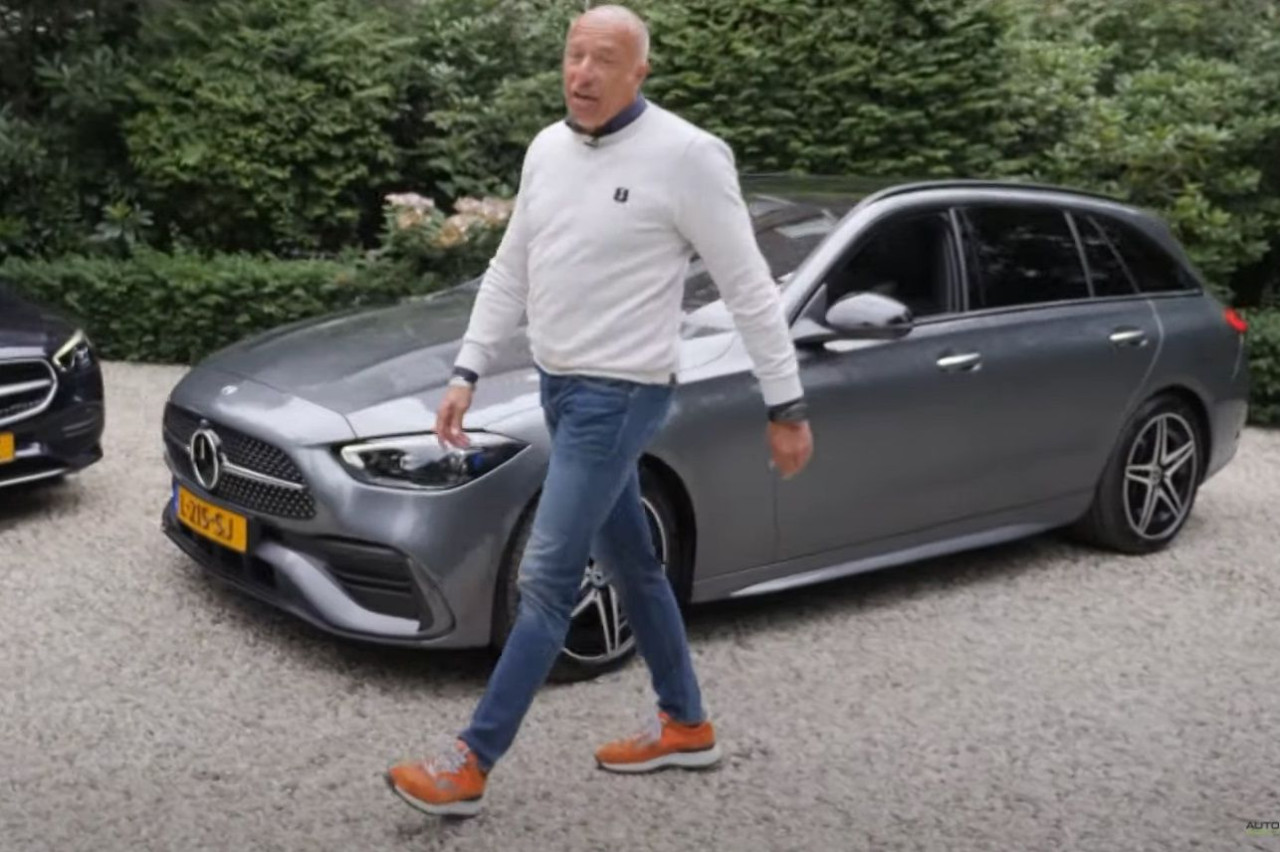
The previous Mercedes C-Class came on the market in 2014 and received a facelift five years later, whereby the model miraculously did not have the dejected look of the new A-Class. Because that A-Class front was transferred to the completely new C-Class at the beginning of this year. It is therefore difficult to distinguish from the E-Class, with its drooping corners of the mouth, almond-shaped headlights and sharp taillights. The lines of both cars largely match and at first glance hardly differ from that of the previous C-Class.
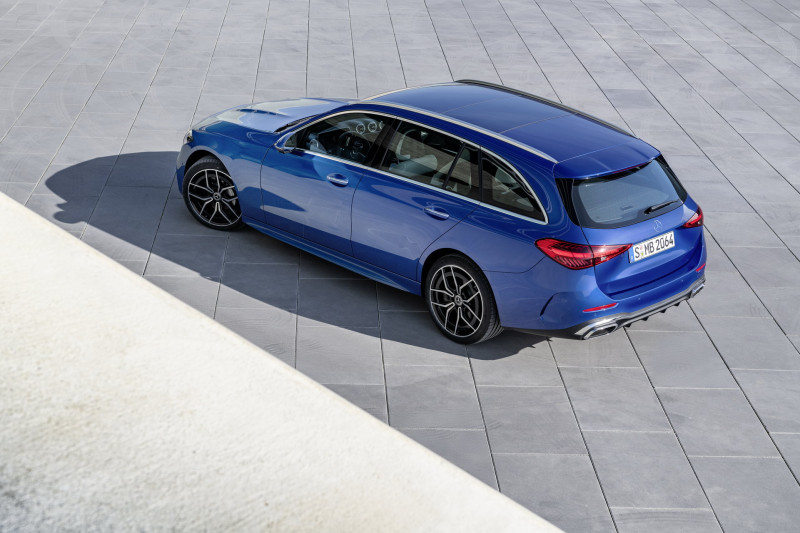
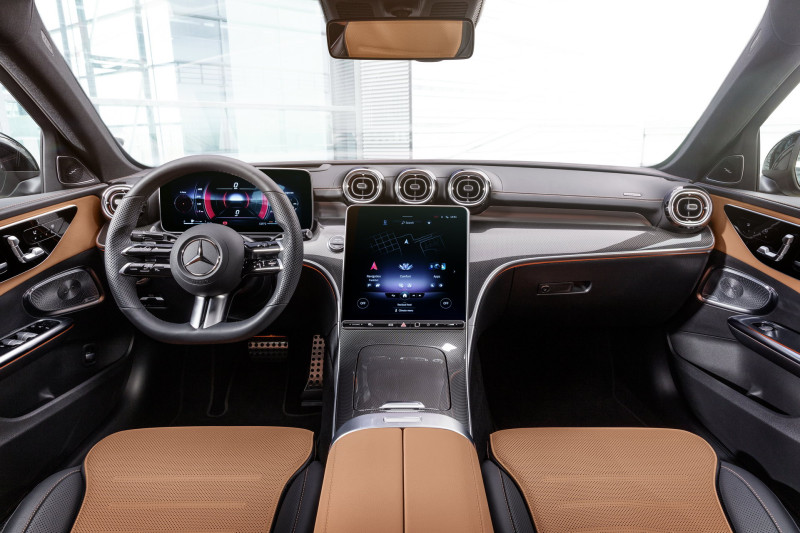
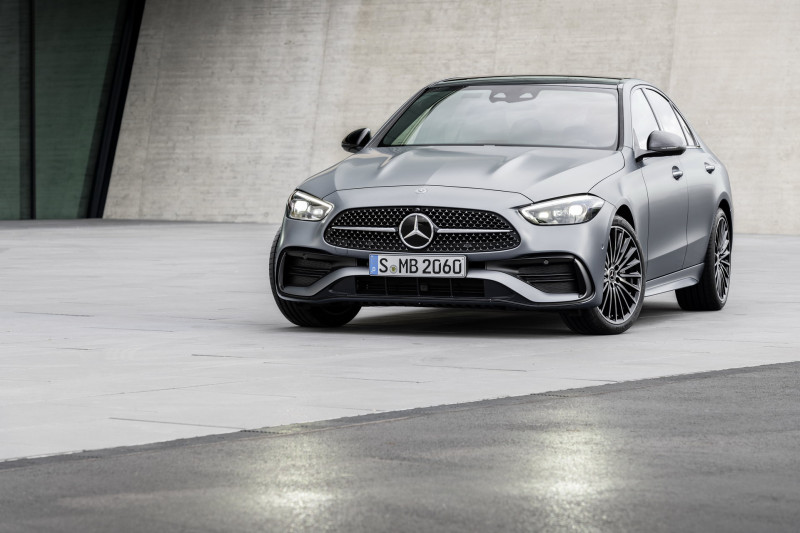
Mercedes C-Class Estate has grown
You won’t see it until you see both C-Classes side by side, but the newcomer is 6.5 centimeters longer (Estate: 5 centimeters), with a wheelbase that has grown by 2.5 centimeters. The little bit of space that has been gained will mainly benefit the passengers, because the trunk has not become larger: both sedans come to 455 liters. Only the new Mercedes C-Class Estate gets some liters compared to the outgoing model: plus 30 liters to 490 – 1510 liters.
Optional with rear wheel steering
The interior of the C-Class is familiar to us. Mercedes continues the line started with the S-Class. This means that there is no longer one large display (in the shape of a skateboard) horizontally in front of the driver, but that there are two screens: a digital cockpit (a head-up display is also available) and a vertically oriented infotainment screen on the center console. The list of options and electronic systems is almost endless. Special is, for example, the optional rear-wheel steering.
Three petrol variants and two diesels
As always, there is a lot to choose from when it comes to motorcycles. For now, there are three petrol variants available and two diesels, all with mild hybrid support (temporarily plus 20 hp). The delivery program starts with the C 180 and C 200. They have a 1.5-liter four-cylinder on board, with outputs of 170 and 204 hp respectively with a torque of 250 and 300 Nm. Above this is the Mercedes C 300, with a 258 hp and 400 Nm strong 2.0-litre petrol engine. All C-Classes have a nine-speed automatic transmission. The C 200 and C 300 are also available as 4Matic.
There is less choice with the diesels. The Mercedes C 200d and C 300d basically have the same 2.0-liter four-cylinder turbo diesel. One delivers 163 hp and 380 Nm, the other 265 hp and 550 Nm. Both can be ordered with four-wheel drive.
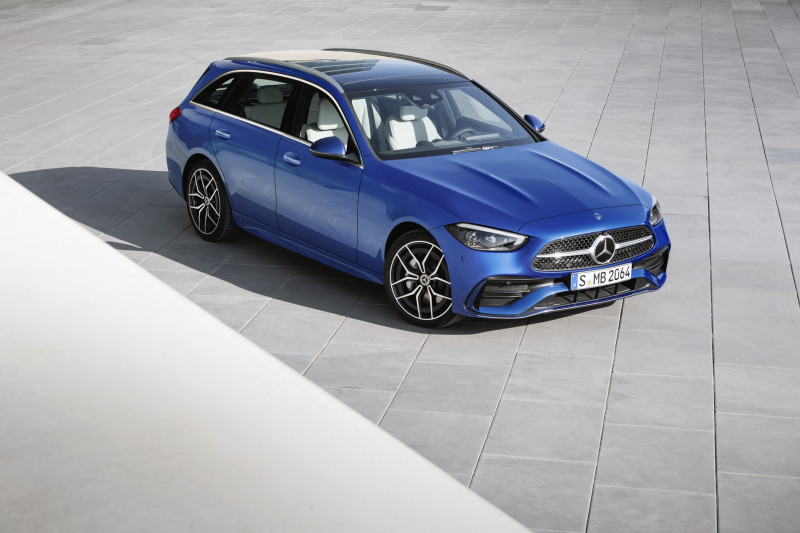
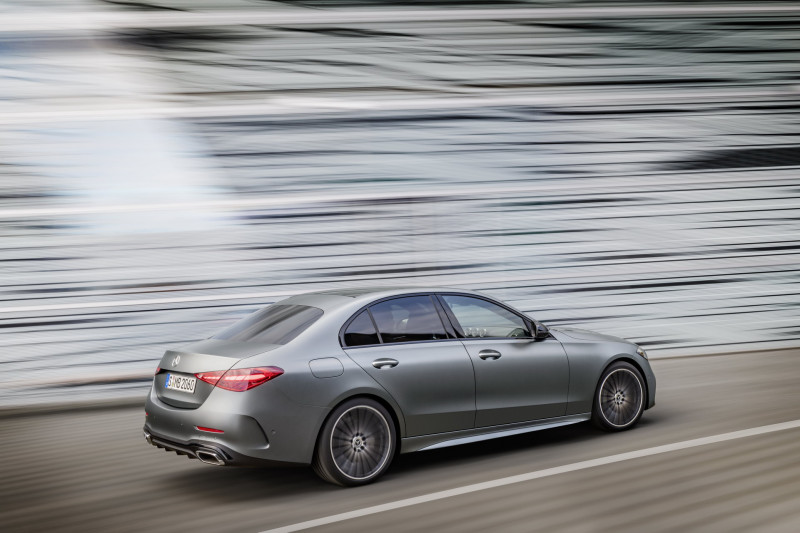
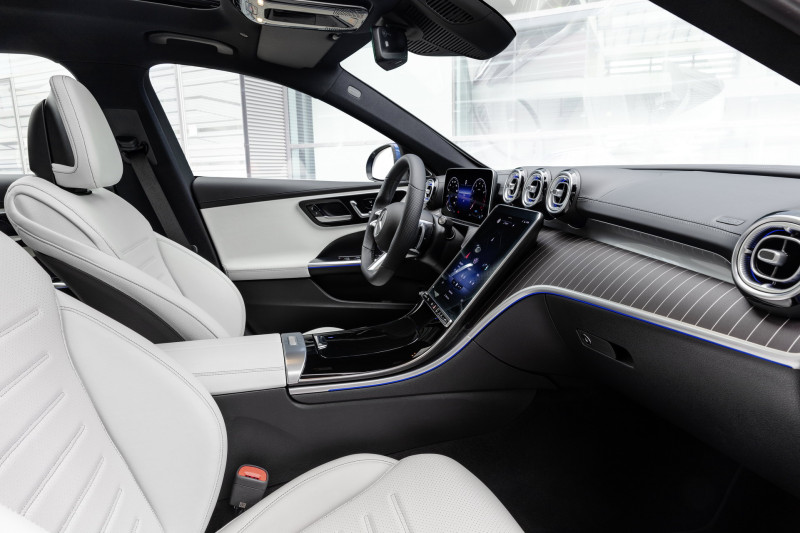
Mercedes C-Class plug-in hybrid
There will also be a plug-in hybrid variant of the C-Class on the market: the C 300e. That couples a 2.0-liter four-cylinder engine to an electric motor and comes to a combined power of 313 hp, with 550 Nm of torque. It is equipped with a 25.4 kWh battery, which has enough capacity for an electric range of up to 100 kilometers. Unfortunately, you have to settle for less luggage space. The battery eats up 100 liters of the trunk. So 360 liters remain.